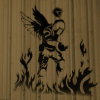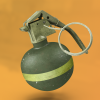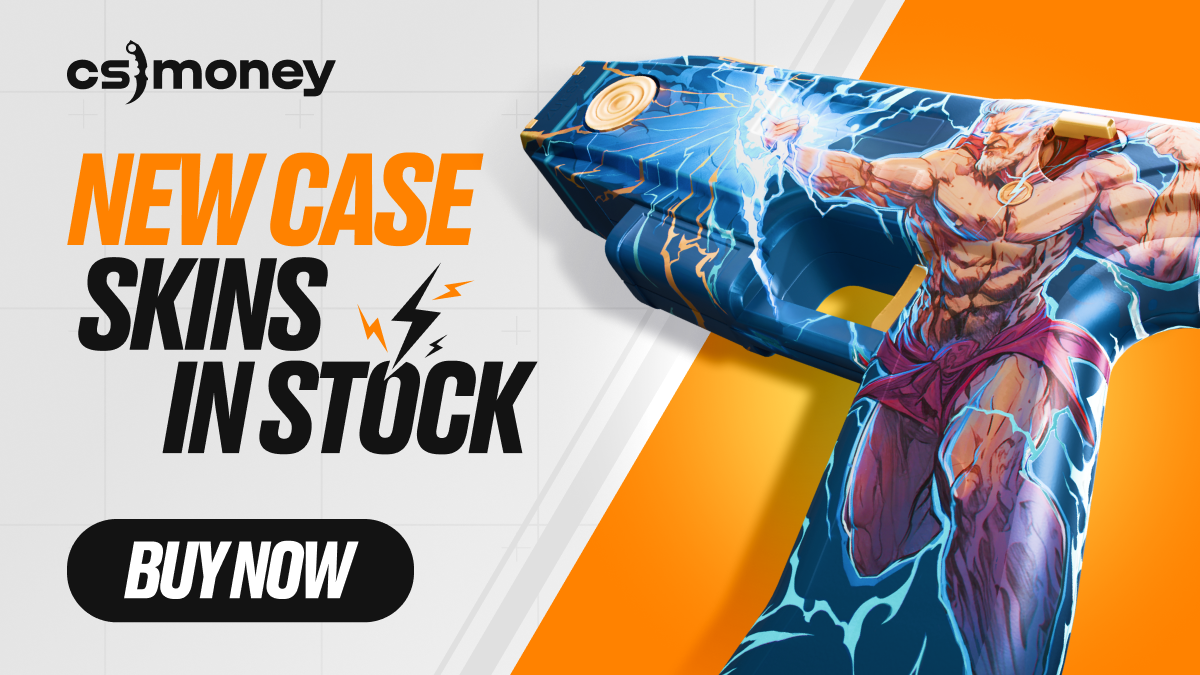Skins, or finishes, as some call them, are special coloring schemes for weapons in CS:GO. They were introduced in August 2013 as part of the Arms Deal update. Skins have no direct effect on the gameplay, but they do have a cosmetic function: they are invaluable (not literally) when it comes to distinguishing the weapon’s owner from the other players.
The concept of skins is neither new nor exclusive to CS:GO. Valve first introduced this feature at Team Fortress 2 After some time, a dedicated trading platform was added to Steam and thus the skins market was established.
One can create a skin using a special tool, embedded in CS:GO. It is called WORKBENCH. It can be accessed directly from the game using the “workshop_workbench” command in the game console.
Just creating a skin is just the beginning, however. To be added into the game, a new finish has to undergo verification; from the skins that pass verification, Valve finally selects a few dozens that will be included in the game. Skin makers get rewards from Valve for their work.
Each skin has a set of attributes: rarity, the extent of wear, pattern index (aka paint seed), series identification, and availability of a StatTrak™ counter.
Skins in order of ascending rarity:
- Consumer grade
- Industrial grade
- Mil-spec
- Restricted
- Classified
- Covert
- Exceptionally rare
One can trade 10 skins of a similar rarity for one of a higher rarity via a Trade Contract. Those 10 skins can be from different collections, and the higher-rarity skin can come from any of the collections used for the deal.

The extent of wear is defined by a number from 0 to 1 in the skin configs. Based on that, a finish can belong to one of the five categories, from best to worst exterior quality:
- Factory New
- Minimal Wear
- Field-Tested
- Well Worn
- Battle Scarred.
Higher numbers mean higher levels of wear: e.g. numbers from 0.15 to 0.38 stand for Field-Tested category, where a 0.15 skin will look very much like Minimal Wear, and a 0.38 one will be close to Well Worn.
A pattern index, or paint seed, defines how far the skin pattern is shifted along the weapon itself. It is defined by a number from 1 to 1000. This attribute is very important in some skins, like, for example, M9 Bayonet Case Hardened:

The StatTrak™ counter displays the total amount of kills made using the weapon. On a firearm, the counter looks like a digital display, on a melee weapon it’s a number scratched on the blade.
Most skins belong to one collection. Collections are used in Trade Contracts.
There are different ways of acquiring skins. One can come as a random drop after a match and be picked up by the player. It can also be retrieved from cases or purchased via a trading platform. Also one can trade skins with other players; for such deals, we recommend working with a guarantor.













